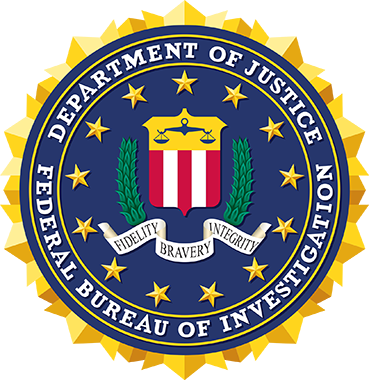FBI Forensic Artist Creates Facial Approximations from Skulls
Lisa Bailey, a forensic artist at the FBI Laboratory in Quantico, Virginia, creates facial approximations of unidentified individuals using models of their skulls and an anthropologist reports.
Video Transcript
Lisa Bailey, forensic artist, FBI Laboratory: We need the right person to see this image pretty much at the right time.
All we need is that one person to see it.
My name is Lisa Bailey. I’m a visual information specialist at the FBI Laboratory. And I work on facial approximations of unidentified remains.
Slide: Creating facial approximations is a service of the FBI Laboratory to help law enforcement agencies identify human remains.
When the evidence comes in it first goes to the anthropologist because as an artist I can't do anything until I have the age, sex, stature, and ancestry of the person that I’m going to be depicting.
I read the anthropologist’s report and I sit and I just examine the skull. I’m just looking at it for any other clues, like one cheek might be a little more recessed than the other. I’m just looking and basically seeing what the anthropologist is seeing before I start sculpting.
Slide: Forensic artists sculpt on replica skulls created from the originals using a three-dimensional scanner and printer.
You need to be an artist to be a forensic artist. You have to have technical skills. You have to be able to draw and to sculpt. But you have to know when to pull back and not put too much in that is unknown. For with skulls, there are things we know, things we don't know. So you can't go too far and put in things that are absolutely not known because that will detract form the case.
Slide: Nationwide, about 4,400 unidentified remains are found each year. Over 1,000 of those are still unidentified a year later.
There are some that will just never be identified. That’s one of the things that I’ve had to reconcile with myself in doing this job is that I can do the best I can, there’s only so much I can do. It’s just they’re not all going to be identified. But some of them can.
And if somebody’s looking, you know, all they need to do is make that call.
Just seeing that one image could be, could be the one thing that makes somebody take a second look. And that’s all we need is for somebody … is to see it and to make the phone call.
Video Download
Video Source
Recent Video
- 04.23.2024 — FBI Cyber at RSA Conference 2024
- 04.17.2024 — FBI, Lumberton Police Seek Information in Cases of Three Women Found Dead
- 04.15.2024 — Director Wray Speaks on Civil Rights at 16th Street Baptist Church
- 04.11.2024 — FBI Seattle Women's History Month Vodcast
- 04.11.2024 — FBI Seattle Elder Fraud Vodcast
- 04.10.2024 — Philadelphia Recovered Firearms (B-roll)
- 04.08.2024 — Robert Contee Discusses Transnational Repression
- 03.21.2024 — N.H. Law Enforcement Officials Warn of Online Scams in Connecticut
- 03.15.2024 — FBI Seattle SAC Statement on MMIP
- 03.14.2024 — FBI Boston Special Agent Describes Return of Okinawan Artifacts
- 03.08.2024 — FBI St. Louis' Birthday Message to Director Webster
- 03.01.2024 — Director Webster 100th Birthday Message
- 02.29.2024 — FBI Seattle Discusses Black History Month
- 02.29.2024 — Inside the FBI: The Phantom Hacker Scam
- 02.20.2024 — Seeking Information: Jenna Franks
- 02.16.2024 — Deputy Director Paul Abbate Statement on LockBit Ransomware Group
- 02.14.2024 — Romance Scams, Revisited
- 02.14.2024 — FBI New Haven - FLEYA - Future Law Enforcement Youth Academy
- 02.13.2024 — FBI Salt Lake City Warns of Romance Scams
- 02.13.2024 — Search For Asha Continues
FBI Weekly Newsletter
Subscribe to our email newsletter for news on the FBI, sent out every week.

